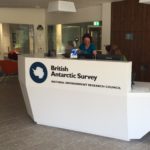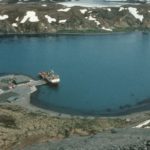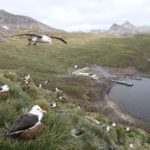South Georgia seabirds from space
South Georgia seabirds from space
- Start date
- 1 April, 2024
- End date
- 30 March, 2026
Globally-important populations of seabirds breed at South Georgia. However, human-induced impacts have led to the decline of many seabird populations.
- Four species of albatrosses and white-chinned petrels have shown persistent long-term declines, largely because of incidental mortality (bycatch) by fisheries.
- South Georgia shags have declined due to climate climate and decreased abundance of demersal fish prey.
- Formerly-abundant burrowing petrels were extirpated from many sites across the mainland because of predation or habitat degradation by rodents and reindeer. However, these invasive mammals were eradicated in the mid-2010s in a £10M campaign. Rigorous monitoring is now required to assess the status of the threatened species, and to showcase the recovery of burrowing petrels.
Monitoring seabirds on South Georgia
Seabird populations on South Georgia are monitored using ground and boat-based surveys. However, these are expensive and logistically challenging, and access is difficult or impossible for many areas. To overcome these challenges, this project will assess the feasibility of using remote satellite imagery to monitor the status of flying seabirds (mollymawks, burrowing petrels and shags) across the island group, provide baselines to showcase the recovery of burrowing petrels following the eradication of rodents and reindeer in the mid-2010s, and develop methods that could replace expensive and logistically challenging ground surveys across numerous remote islands worldwide.
Spectral classification methods will be tested to map vegetation richness, and hence the distribution and abundance of burrow-nesting petrels, while textural analysis will be tested to identify mollymawks on land. We will determine if South Georgia shags can differentiated from penguins in satellite imagery based on differences in guano colour and colony density. If successful, these approaches will be applied within the 3-year project to complete the first remote censuses of the entire island group for selected species.
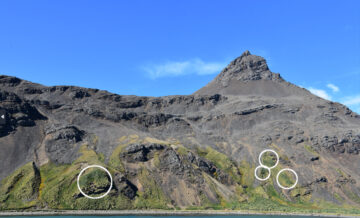
Why use satellite imagery to monitor seabird populations?
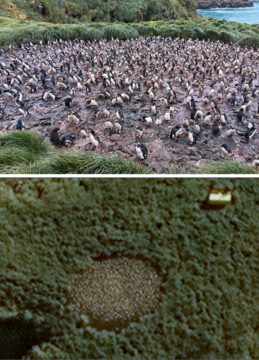
Assessing seabird abundance and distribution using satellite imagery ensures minimal disturbance to wildlife and the environment, contributing to net-zero targets by offering a low-carbon alternative to field, boat-based and aerial surveys.
Our project will enable cheaper and more widespread monitoring of seabirds at South Georgia, and test new remote sensing methodologies for species for which there are few, if any data on population trends. This includes burrowing petrels, which are presumed to be expanding in distribution following the rodent and reindeer eradications. There is currently little monitoring of petrels even though they were extirpated from many sites by invasive species. The project will test whether burrowing petrels and other flying seabirds have benefited from the rodent and reindeer eradications.
This project will also provide data on seabird population status and trends of wandering, black-browed and grey-headed albatrosses at South Georgia, which are among nine global High-Priority populations for the Agreement on the Conservation of Albatrosses and Petrels (ACAP).
If valid and accurate methodologies can be developed, the project may be able to provide evidence on the effectiveness of the rat eradiation and efforts to reduce fisheries bycatch of albatrosses. We will coordinate with other on-going projects using UAVs at South Georgia, and stakeholders from NGOs and GSGSSI to provide a report on the health of all the seabird populations at South Georgia by the end of the project, hopefully showcasing the benefits of the rodent and reindeer eradications a decade ago.
Project partners and funding body
This project is funded by Darwin Plus. Reports and project updates can be found here under DPLUS187. Further news from Darwin Plus can be found on their twitter (@darwin_defra) and facebook (@Biodiversity Challenge Funds) pages.
The British Antarctic Survey lead the project in partnership with the Government of South Georgia and South Sandwich Islands (GSGSSI). Stakeholders on the project include the UK government, South Georgia Heritage Trust (SGHT), Royal Society for the Project of Birds (RSPB) and BirdLife International.
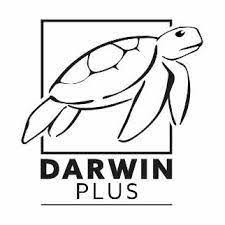

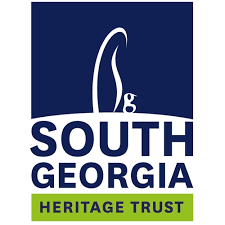
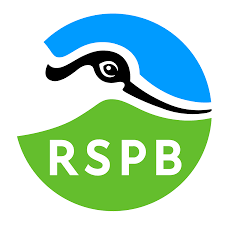
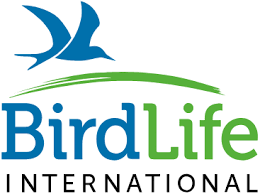
The four aims of this project are:
- Determine whether burrowing petrels can be detected using satellite imagery based on spectral analysis of vegetation colour at Bird Island.
- Assess long-term changes in the distribution and densities of burrowing petrels across South Georgia using satellite imagery.
- Investigate whether very-high resolution satellite imagery can be used to count mollymawks (black-browed and grey-headed albatrosses) and South Georgia shags, and to identify colonies of differing species of burrowing petrels, including white-chinned petrels, using ground-truthing data from Bird Island and elsewhere at South Georgia.
- Complete an archipelago-wide very-high resolution satellite survey of wandering albatrosses, mollymawks and South Georgia shag breeding colonies on South Georgia.
